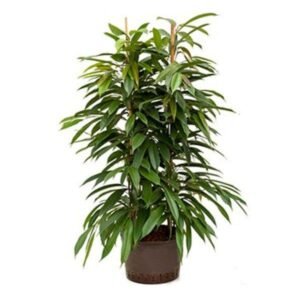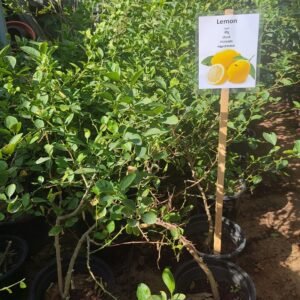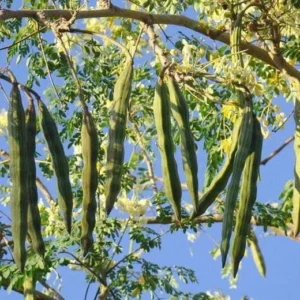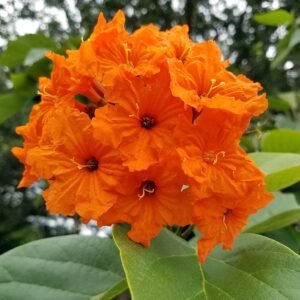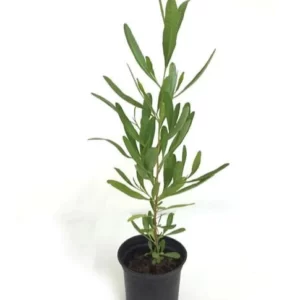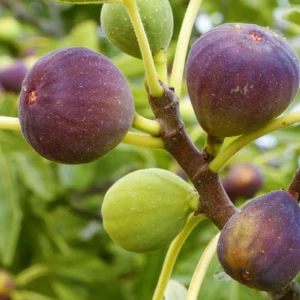Royal poinciana, Delonix regia
397.0 AED417.0 AED (-5%)
Botanical name:- Royal poinciana, Delonix regia.
| Scientific name |
Delonix regia |
| Common name | Royal poinciana |
| Temperature | 25-35 °C |
| Humidity | 40-50% |
| Light | Full sun |
| Watering | Water everyday & keep moist |
| Pests | Spider mites and scale insects |
| Pet friendliness | Toxic to pets and humans |
| Maximum plant height | 9 m to 20m |
| Potting mix | Potting soil/red soil/manure/perlite |
| Pot requirement | Good drainage & repot every 1-2 years |
| Nutrition | Apply manure for first 15 days and npk for next 15 days |
| Pruning & training | Remove dead & diseased leaves with sterile shears |
| Common color & season | Crimson or red-yellow flowers. |
| Description | The flame tree, also known as royal poinciana (delonix regia), is a fast-growing evergreen tree that features an abundance of crimson blossoms. This african native is a favorite in many tropical and subtropical locations; however, it requires a large space away from buildings to accommodate its expensive root system.The foliage on this species is a bipinnately compound, meaning that each leaf consists of up to 25 pairs of leaflets, and each of those leaflets is further divided into up to 25 more pairs of leaflets. Delonix regia tree is renowned worldwide for its clusters of exquisite red flowers that blanket the tree in the warm summer months. Each of the five petals is reddish-orange or scarlet. One petal is bigger than the others and has yellow and white markings. The fruit is a seed pod that can be over a foot long.These trees do best in full sunlight, so choose an area that gets at least six full hours a day. Without adequate light, you might not see the showy red-orange flowers for which the flame tree is known.A flame tree will grow in a variety of soil conditions as long as there is good drainage. The tree will tolerate clay, loamy, sandy, or gravelly soils in a wide ph range between 4.9 And 10.6.After planting, water the tree regularly during the spring, summer, and early fall. Keep the soil moist, but never soggy until the roots become established. Make sure that the soil dries out between waterings.The flame tree is native to tropical forests, so it does well in warm, humid environments. It cannot tolerate temperatures below 45 degrees fahrenheit. It’s important to prune flame trees to create a strong tree structure, as the limbs are susceptible to breakage in high winds. Around late march or early april, or right before spring growth starts in your area, prune any major branches that are half the diameter of the trunk or below 8 to 12 feet from the ground.Seed germination and cuttings are used to propagate this tree. |




